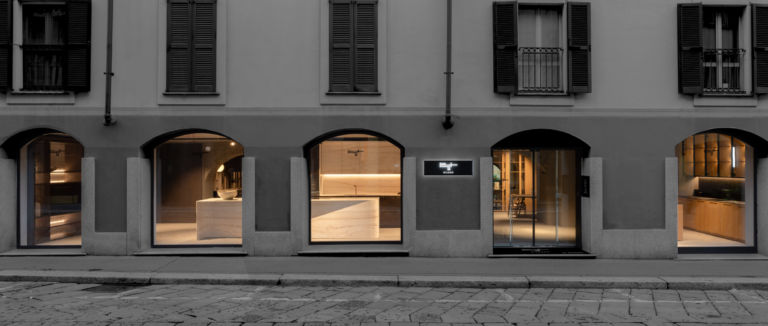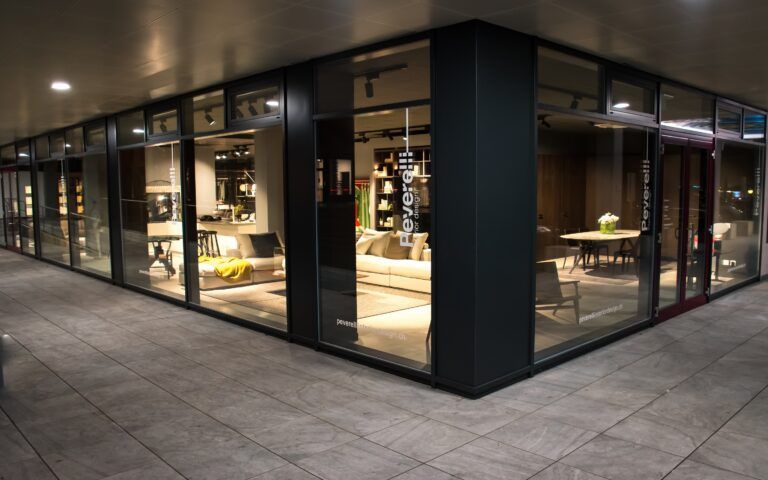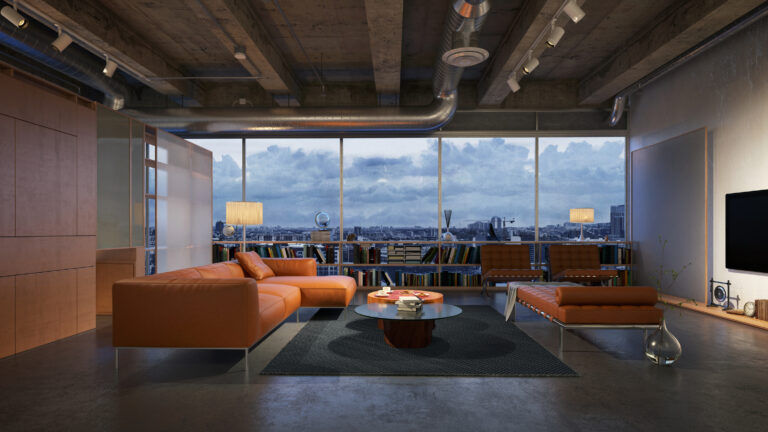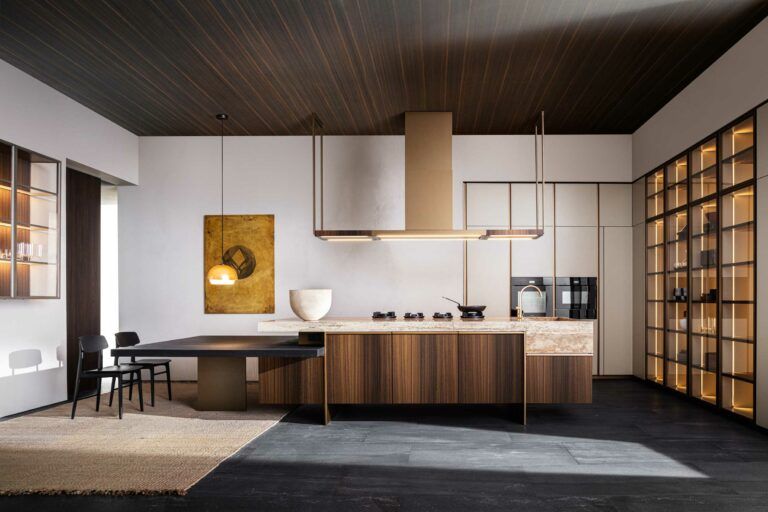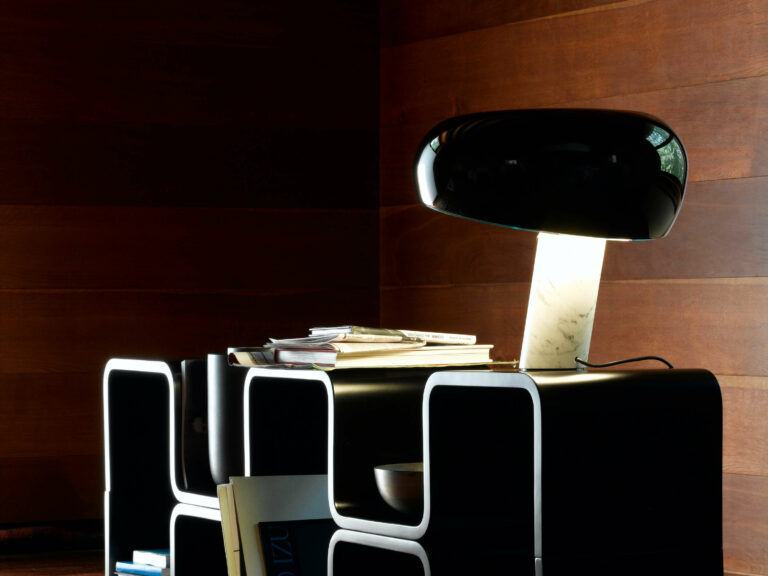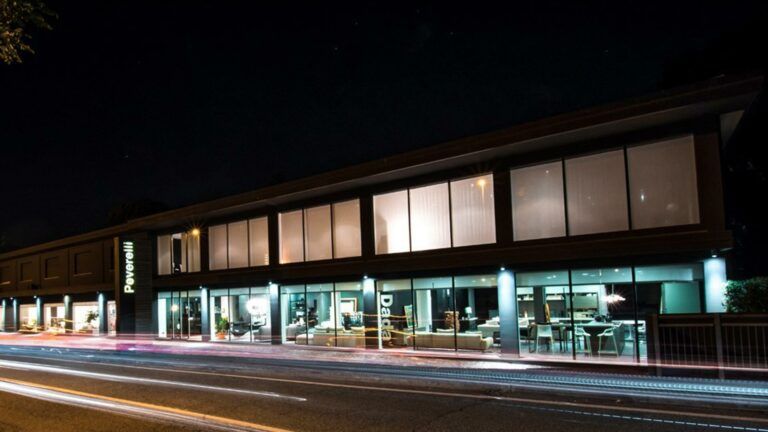
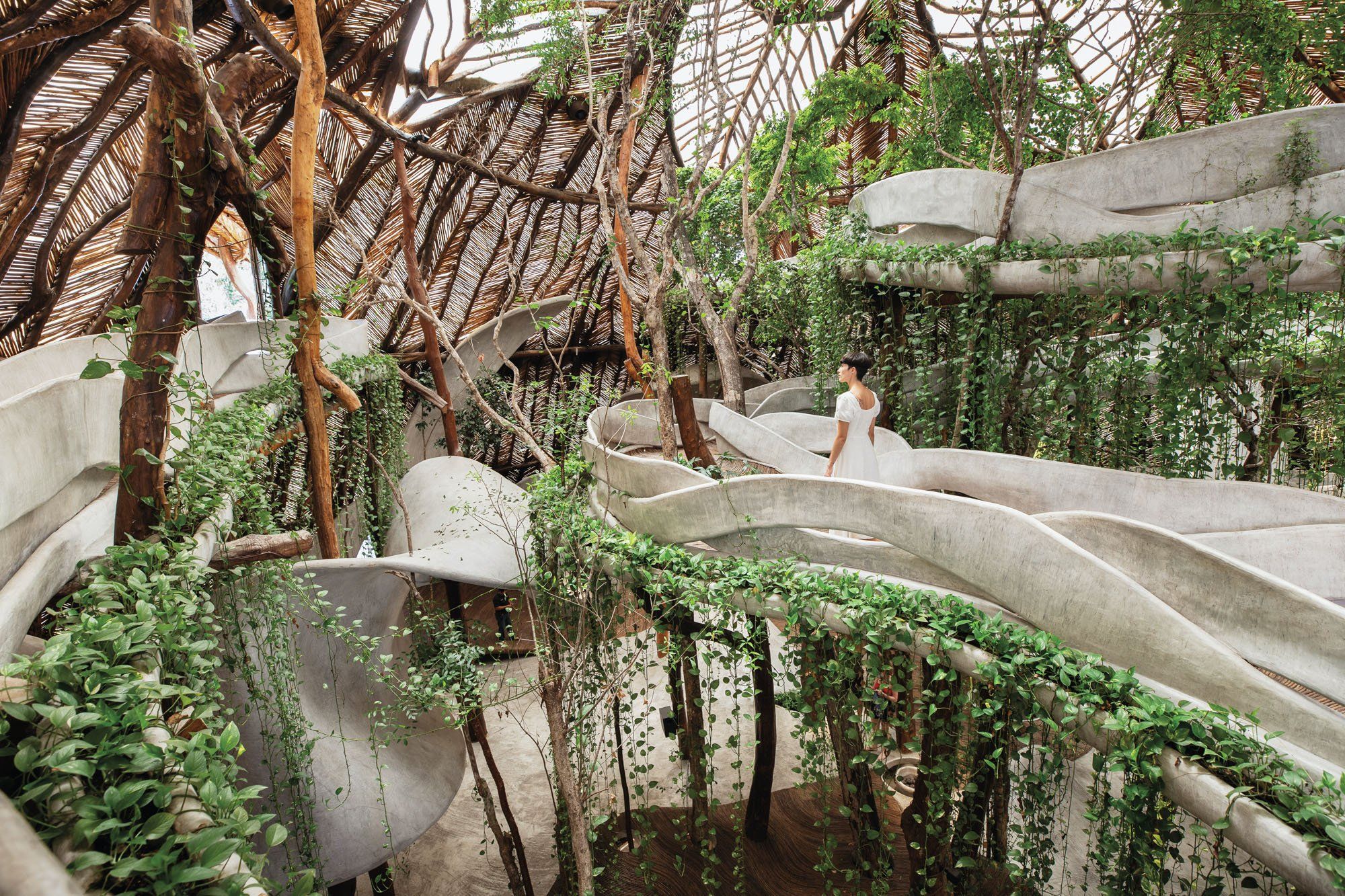
Biophilic Design
Harmony between nature and interior design
The biophilic design is rapidly gaining popularity in the world of interior design, thanks to its ability to creating environments plus healthy, sustainable and in harmony with nature. In this article, we will explore this growing trendits origins, its benefits and how to apply it in your home to create an atmosphere that promotes the wellness and the sustainability. If you are a fan of interior design, this guide will provide you with valuable information on biophilic design and how to make the most of it.

1) What is biophilic design?
The biophilic design is an approach to architecture and interior design that focuses on integrating natural elements into living and working spaces. The term "biophilic' is derived from the Greek words 'bio", meaning life, and "philia", indicating love or attraction. Thus, biophilic design is based on the theory that human beings have an innate affinity for nature and that incorporating natural elements into interior environments can improve well-being and quality of life.
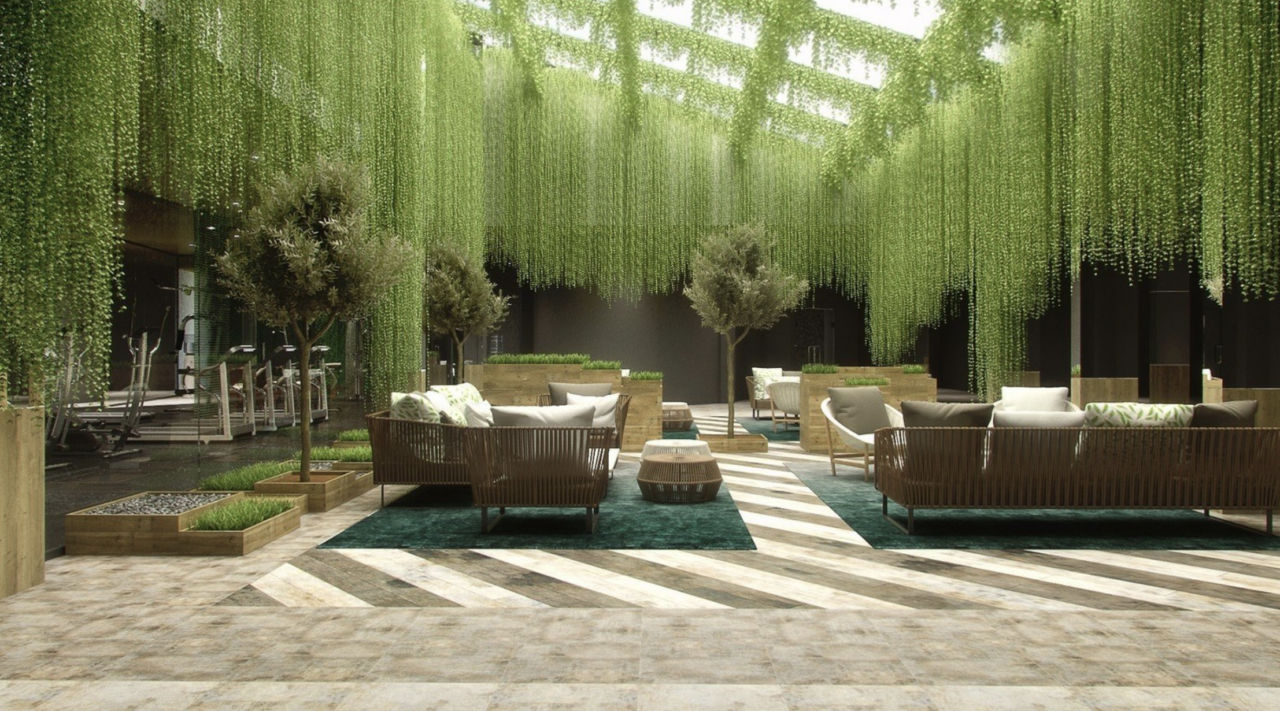
2) The origins of biophilic design
The concept of biophilic design was first introduced in the 1980s by the American biologist and theorist Edward O. Wilsonwhich emphasised the importance of a connection between humans and nature for our psychological and physical well-being. In recent years, this approach to design has become increasingly popular as people seek to create healthier, sustainable environments that are in tune with the natural world.

3) The advantages of Biophilic design
Psychological well-beingBiophilic design can help reduce stress, improve mood and increase productivity. Environments that incorporate natural elements, such as plants, water and natural light, can have a positive effect on our mental health and general well-being.
Physical health: Spaces designed with biophilic principles can improve air quality, reduce noise pollution and promote better sleep. In addition, contact with nature can stimulate the immune system and reduce blood pressure.
SustainabilityBiophilic design encourages the use of sustainable materials and eco-friendly solutions, such as solar energy, water recycling and resource conservation. This can reduce the environmental impact of buildings and promote a more sustainable lifestyle.
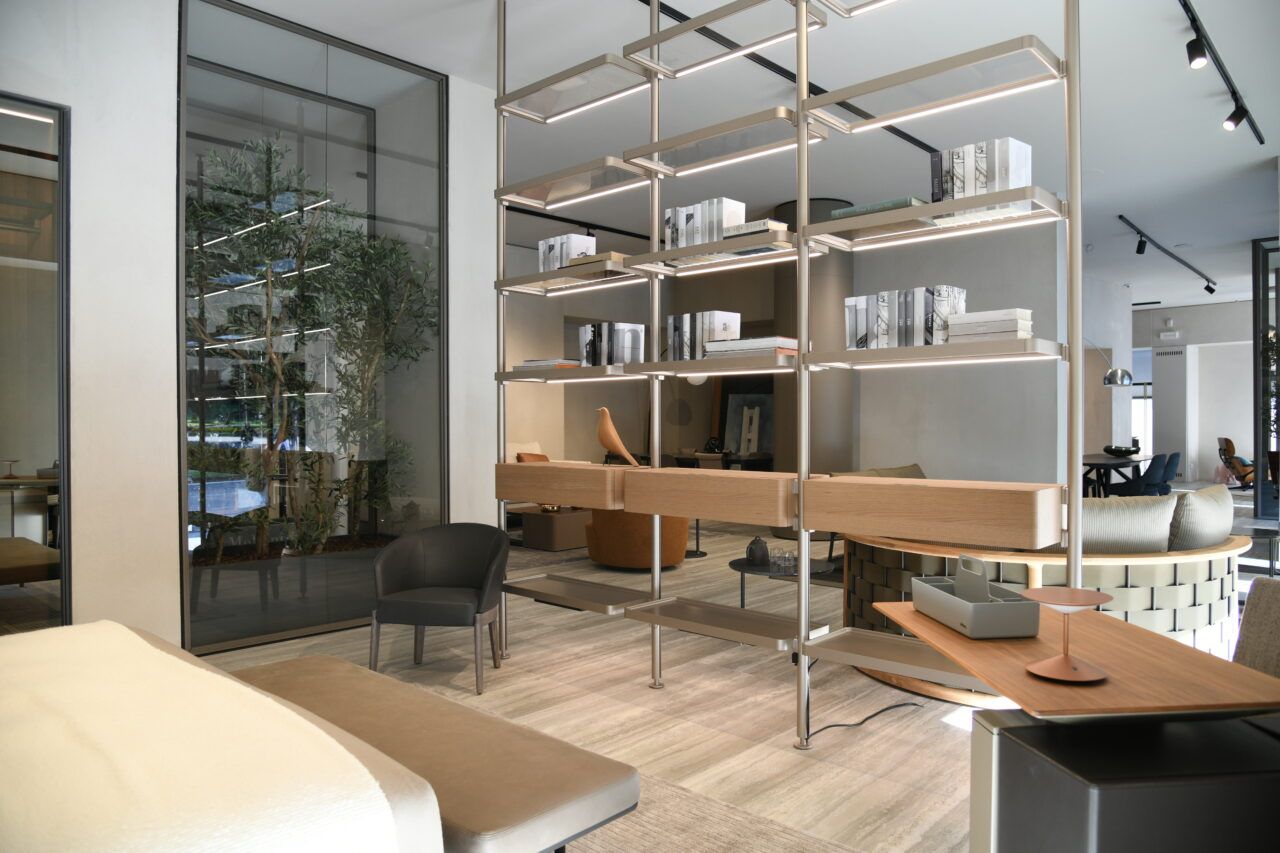
4) How to apply Biophilic design in your home
Bringing nature insideadd houseplants, flowers and terraria to create a more natural and relaxing environment. Plants not only improve air quality, they also help reduce stress and create a cosier atmosphere.
Maximises natural lightTry to make the most of natural light through windows, skylights and French windows. Natural light has positive effects on mood, productivity and circadian rhythm. Consider using transparent curtains and optimising space to allow light to flow freely.
Uses natural materialsopt for materials such as wood, stone, bamboo and wool when choosing furniture and upholstery. Natural materials are generally more sustainable and can create a warmer and more comfortable environment.
Integrates water elementsFountains, aquariums and indoor ponds can bring the soothing sound of water into your home, reducing stress and improving air humidity.
Uses colours and patterns inspired by natureChoose earthy colours and pastel shades for walls and furniture, and use nature-inspired motifs such as leaves, flowers and animals to add visual interest and create a more natural atmosphere.
Connect indoor and outdoor spaces: try to create a natural flow between indoor and outdoor spaces by using sliding glass doors, verandas and terraces. This can help make your home feel more open and connected to its surroundings.
Design spaces that encourage interaction with nature: creates outdoor relaxation areas, such as roof gardens, terraces and balconies, that encourage spending time outdoors and interacting with nature.
Choose sustainable furnitureopt for furniture and furnishings made from recycled, renewable or environmentally friendly materials. This will not only reduce the ecological impact of your home, but also contribute to a healthier and more sustainable environment.
Consider biometrics: uses organic shapes and soft curves in furniture and space design to imitate the patterns and shapes found in nature. This can create a more relaxing and cosy environment.
Pay attention to the surrounding landscapeTry to integrate your house into the surrounding landscape, using local materials and construction techniques that respect the natural environment.
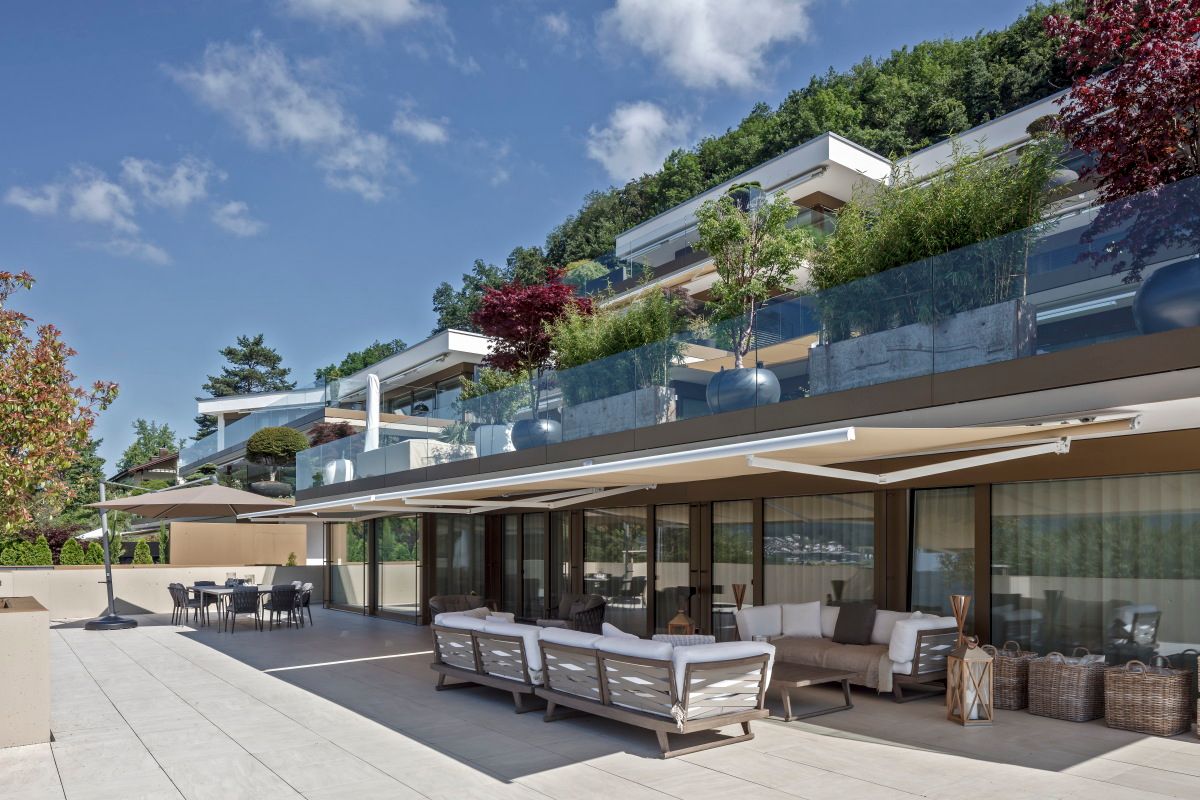
Mood, ideas, news
Did it inspire you? Read also

